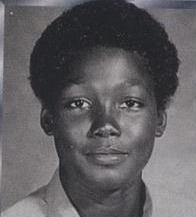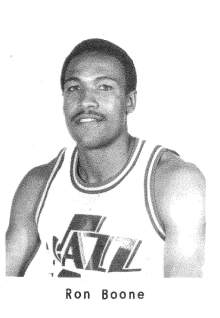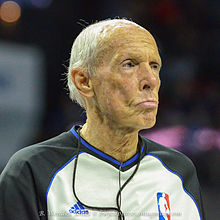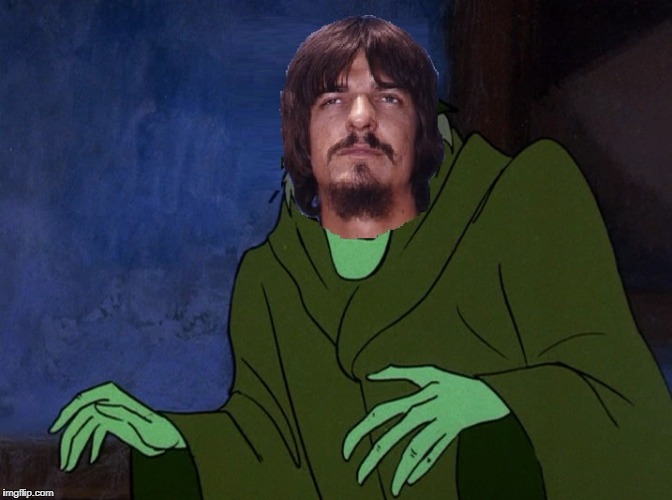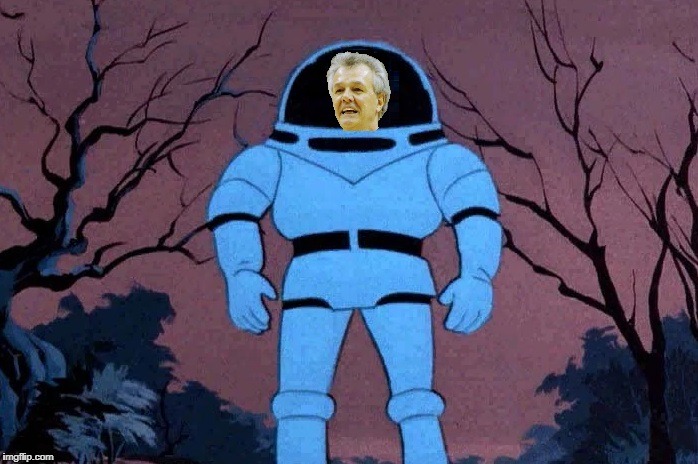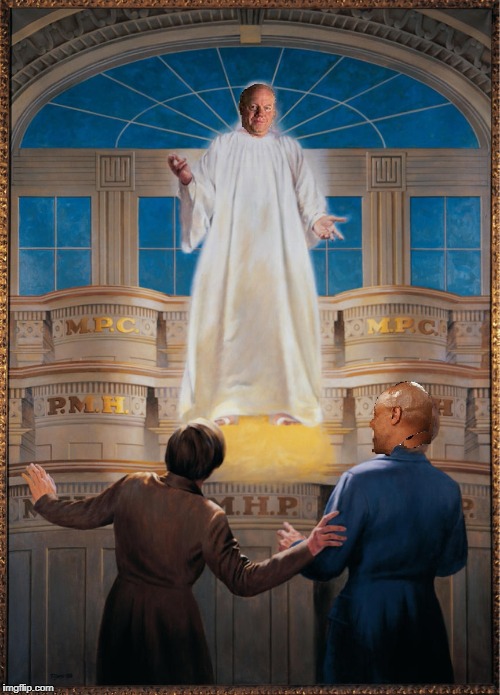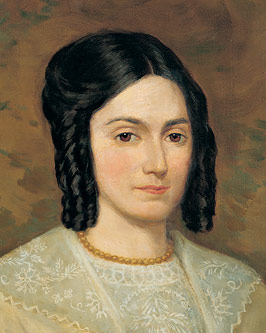The Jazz look to gain a game on another western conference competitor with a win tonight. They turn back time as they return to the land where it all started.

Most are familiar with some elements of Jazz history. Sam Battistone, original owner and pancake restraunteer, joined the LDS Church in the late 1970s, which in part played a role for his familiarity with Utah and the franchise’s ultimate relocation. But there are a lot of elements of this story that have not been shared. Until now.
Ron Boone
Long-time Jazz color commentator Ron Boone originated from Oklahoma City, Oklahoma, and finished high school in Omaha, Nebraska, before splitting his college time between JUCO in Iowa and finishing off at Idaho State University, before playing professionally in the ABA for the Texas Chaparrals. Considering himself a nomad of sorts, Ron Boone felt a yearning for a place of permanence, but until then had never felt that he had truly “arrived home.” On a fateful day, Ron found himself packing his belongings and moving to SLC to play for the Utah Stars.

Though he admits his first transitions to Utah – both in culture and climate – had been somewhat tumultuous, Ron later remarks that, second to basketball, he had found his true love: Salt Lake City, Utah. Ron welcomed his community with open arms – he had finally found his little slice of heaven. He ended up spending, as he describes it, “five-and-a-half of the greatest years of my life,” with the Stars in the 1970s. Ron started off his career in Utah with a bang, by helping win the ABA Championship in his first year. His success on the floor translated to his emerging status as a Utah socialite, often hob-nobbing with the likes of Robert Redford, the Osmonds, and even LDS Church President Spencer W. Kimball. Unfortunately, Ron’s time with the Stars ultimately came to an end and, shortly after he played his last game for the Stars, the franchise folded.
Spencer W. Kimball
Born in Salt Lake City, Kimball served as President of The Church of Jesus Christ of Latter-day Saints from 1973-1985. Though only standing 5’6”, Kimball was the star and leading scorer of his high school basketball team. Born in 1895, the culture of basketball was not as developed as it stands in present day. With World War I looming, basketball was left as a recreational sport, but as the game arose in popularity, Kimball always wondered the answer to the question of what might have been. While serving in the Quorum of the Twelve Apostles, he tried to catch as many Utah Stars games as his schedule would allow. Their championship run solidified his passion for basketball, and one player in particular caught his eye: Utah’s favorite son, Ron Boone. Kimball saw a younger version of himself in Boone. Over time, the two started a dialogue during pre-game shoot-arounds which eventually led to a genuine off-the-court friendship that lasted until Kimball’s death in 1985. “Kimball was a tenacious little guy,” Boone recalls. “You wouldn’t guess that from his stature and general appearance.” Kimball helped Boone with his free throws, often throwing balls to him for practice. Away from the court, they both enjoyed cooking, though Kimball’s largest regret was never making him his favorite skillet queso, or teaching him about skillets.
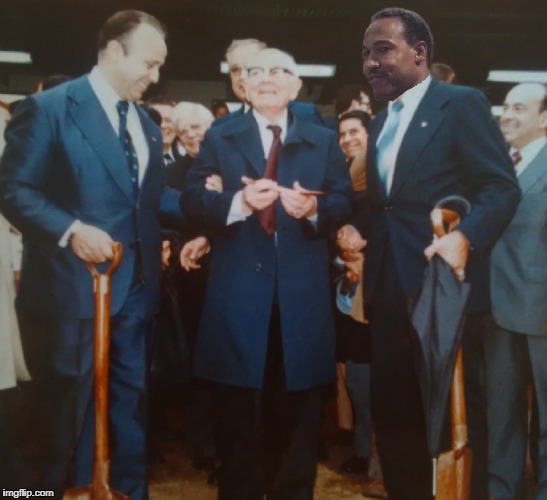
(Above: Ron Boone accompanies Kimball out on the town)
1976-1978: Years of sadness
After leaving the Stars, Boone had stints across I-70 in both Kansas City and St. Louis. Missing his adopted home of Utah, he fell into a deep depression and felt total despair at the thought of – what he had believe would be his permanent home – Utah no longer possessing a professional basketball franchise. He had even contemplated walking away from the game completely. However, his fortunes changed on June 26, 1978, when he was traded to the Los Angeles Lakers.
Hot Rod Hundley
At the peak of his despair, Boone arrived in LA under coach Jerry West. Immediately, he recognized something was amiss. West, wanting to rehabilitate Boone’s game, sought ways to connect personally with his 6’2” guard. Eventually, West discovered Boone’s love of Battleship and knew immediately that he needed to connect him with his former teammate and then New Orleans Jazz commentator Hot Rod Hundley. Their connection was immediate, with Hundley himself being a rather large Battleship fan himself. They connected on road trips, meeting before games at bars where Hundley would get plastered and he and Boone would talk ship-sinking strategy.
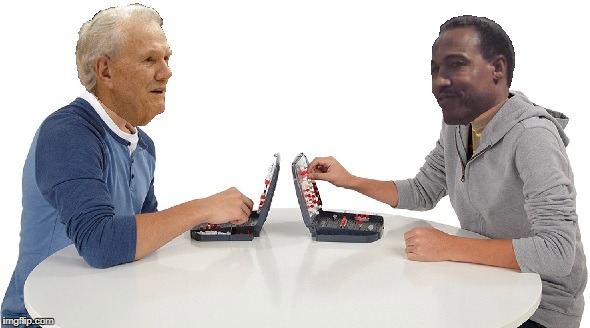
As Hundley took Boone under his wing, he impressed upon his mind the short-lived nature of his physical abilities and imparted his wisdom about building his post-playing career now. Hundley loved the color commentating business, but was uncertain about his future with a struggling New Orleans franchise and wasn’t certain if he’d ever achieve his dream of owning a restaurant that bears his name. This was when Boone confided in him that there was such a place, a place where the beer flows like wine, where beautiful women instinctively flock like the salmon of Capistrano. A little place called Salt Lake City. It was at that moment that Hot Rod and Booner began orchestrating their plan to land them both back in their mountain home. With Sam Battistone, then majority owner of the New Orleans Jazz, living in Los Angeles, it enabled Hot Rod to work from his local Louisianna level and for Booner to work from his angle in Los Angeles.
Return to Kimball
In 1978, Boone reached back out to his best Salt Lake friend and then LDS Church President Spencer Kimball. He told him of he and Hot Rod’s plan to bring an NBA franchise to Utah and needed his assistance. Kimball was ecstatic. He immediately convened a meeting of the First Presidency and Quorum of the Twelve in an upper room of the Salt Lake Temple. Enthused with the news, the 15 began contemplating what they could do to assist the matter and their minds were immediately called upon their recent discussions on blacks and the priesthood. Effective immediately, the LDS Church had ended its restrictions on black males holding the priesthood and published their 1978 revelation.
Boone was thrilled with the news, but it wasn’t enough. He wasn’t certain what to do with Sam Battistone, whose ultimate decision it would be about relocating the team. Kimball suggested sending a pair of missionaries over to Battistone, sharing with him the message of the restoration, bringing him in to the fold, and the rest would be history.
. . . CONTINUED BELOW . . .

Most are familiar with some elements of Jazz history. Sam Battistone, original owner and pancake restraunteer, joined the LDS Church in the late 1970s, which in part played a role for his familiarity with Utah and the franchise’s ultimate relocation. But there are a lot of elements of this story that have not been shared. Until now.
Ron Boone
Long-time Jazz color commentator Ron Boone originated from Oklahoma City, Oklahoma, and finished high school in Omaha, Nebraska, before splitting his college time between JUCO in Iowa and finishing off at Idaho State University, before playing professionally in the ABA for the Texas Chaparrals. Considering himself a nomad of sorts, Ron Boone felt a yearning for a place of permanence, but until then had never felt that he had truly “arrived home.” On a fateful day, Ron found himself packing his belongings and moving to SLC to play for the Utah Stars.

Though he admits his first transitions to Utah – both in culture and climate – had been somewhat tumultuous, Ron later remarks that, second to basketball, he had found his true love: Salt Lake City, Utah. Ron welcomed his community with open arms – he had finally found his little slice of heaven. He ended up spending, as he describes it, “five-and-a-half of the greatest years of my life,” with the Stars in the 1970s. Ron started off his career in Utah with a bang, by helping win the ABA Championship in his first year. His success on the floor translated to his emerging status as a Utah socialite, often hob-nobbing with the likes of Robert Redford, the Osmonds, and even LDS Church President Spencer W. Kimball. Unfortunately, Ron’s time with the Stars ultimately came to an end and, shortly after he played his last game for the Stars, the franchise folded.
Spencer W. Kimball
Born in Salt Lake City, Kimball served as President of The Church of Jesus Christ of Latter-day Saints from 1973-1985. Though only standing 5’6”, Kimball was the star and leading scorer of his high school basketball team. Born in 1895, the culture of basketball was not as developed as it stands in present day. With World War I looming, basketball was left as a recreational sport, but as the game arose in popularity, Kimball always wondered the answer to the question of what might have been. While serving in the Quorum of the Twelve Apostles, he tried to catch as many Utah Stars games as his schedule would allow. Their championship run solidified his passion for basketball, and one player in particular caught his eye: Utah’s favorite son, Ron Boone. Kimball saw a younger version of himself in Boone. Over time, the two started a dialogue during pre-game shoot-arounds which eventually led to a genuine off-the-court friendship that lasted until Kimball’s death in 1985. “Kimball was a tenacious little guy,” Boone recalls. “You wouldn’t guess that from his stature and general appearance.” Kimball helped Boone with his free throws, often throwing balls to him for practice. Away from the court, they both enjoyed cooking, though Kimball’s largest regret was never making him his favorite skillet queso, or teaching him about skillets.

(Above: Ron Boone accompanies Kimball out on the town)
1976-1978: Years of sadness
After leaving the Stars, Boone had stints across I-70 in both Kansas City and St. Louis. Missing his adopted home of Utah, he fell into a deep depression and felt total despair at the thought of – what he had believe would be his permanent home – Utah no longer possessing a professional basketball franchise. He had even contemplated walking away from the game completely. However, his fortunes changed on June 26, 1978, when he was traded to the Los Angeles Lakers.
Hot Rod Hundley
At the peak of his despair, Boone arrived in LA under coach Jerry West. Immediately, he recognized something was amiss. West, wanting to rehabilitate Boone’s game, sought ways to connect personally with his 6’2” guard. Eventually, West discovered Boone’s love of Battleship and knew immediately that he needed to connect him with his former teammate and then New Orleans Jazz commentator Hot Rod Hundley. Their connection was immediate, with Hundley himself being a rather large Battleship fan himself. They connected on road trips, meeting before games at bars where Hundley would get plastered and he and Boone would talk ship-sinking strategy.

As Hundley took Boone under his wing, he impressed upon his mind the short-lived nature of his physical abilities and imparted his wisdom about building his post-playing career now. Hundley loved the color commentating business, but was uncertain about his future with a struggling New Orleans franchise and wasn’t certain if he’d ever achieve his dream of owning a restaurant that bears his name. This was when Boone confided in him that there was such a place, a place where the beer flows like wine, where beautiful women instinctively flock like the salmon of Capistrano. A little place called Salt Lake City. It was at that moment that Hot Rod and Booner began orchestrating their plan to land them both back in their mountain home. With Sam Battistone, then majority owner of the New Orleans Jazz, living in Los Angeles, it enabled Hot Rod to work from his local Louisianna level and for Booner to work from his angle in Los Angeles.
Return to Kimball
In 1978, Boone reached back out to his best Salt Lake friend and then LDS Church President Spencer Kimball. He told him of he and Hot Rod’s plan to bring an NBA franchise to Utah and needed his assistance. Kimball was ecstatic. He immediately convened a meeting of the First Presidency and Quorum of the Twelve in an upper room of the Salt Lake Temple. Enthused with the news, the 15 began contemplating what they could do to assist the matter and their minds were immediately called upon their recent discussions on blacks and the priesthood. Effective immediately, the LDS Church had ended its restrictions on black males holding the priesthood and published their 1978 revelation.
Boone was thrilled with the news, but it wasn’t enough. He wasn’t certain what to do with Sam Battistone, whose ultimate decision it would be about relocating the team. Kimball suggested sending a pair of missionaries over to Battistone, sharing with him the message of the restoration, bringing him in to the fold, and the rest would be history.
. . . CONTINUED BELOW . . .

